The prestigious Milanese studio offers a critical approach to design, involving various disciplines from a sustainability perspective.
Formafantasma, the formula is not seen but it transpires clearly. Formafantasma is a concept that reverses the conventional approach, prioritizing matter over shape. It is an approach that enhances and at the same time makes the figure of the designer responsible, leveraging the necessary involvement of parallel fields of investigation for a concrete contribution on the subject of sustainability.
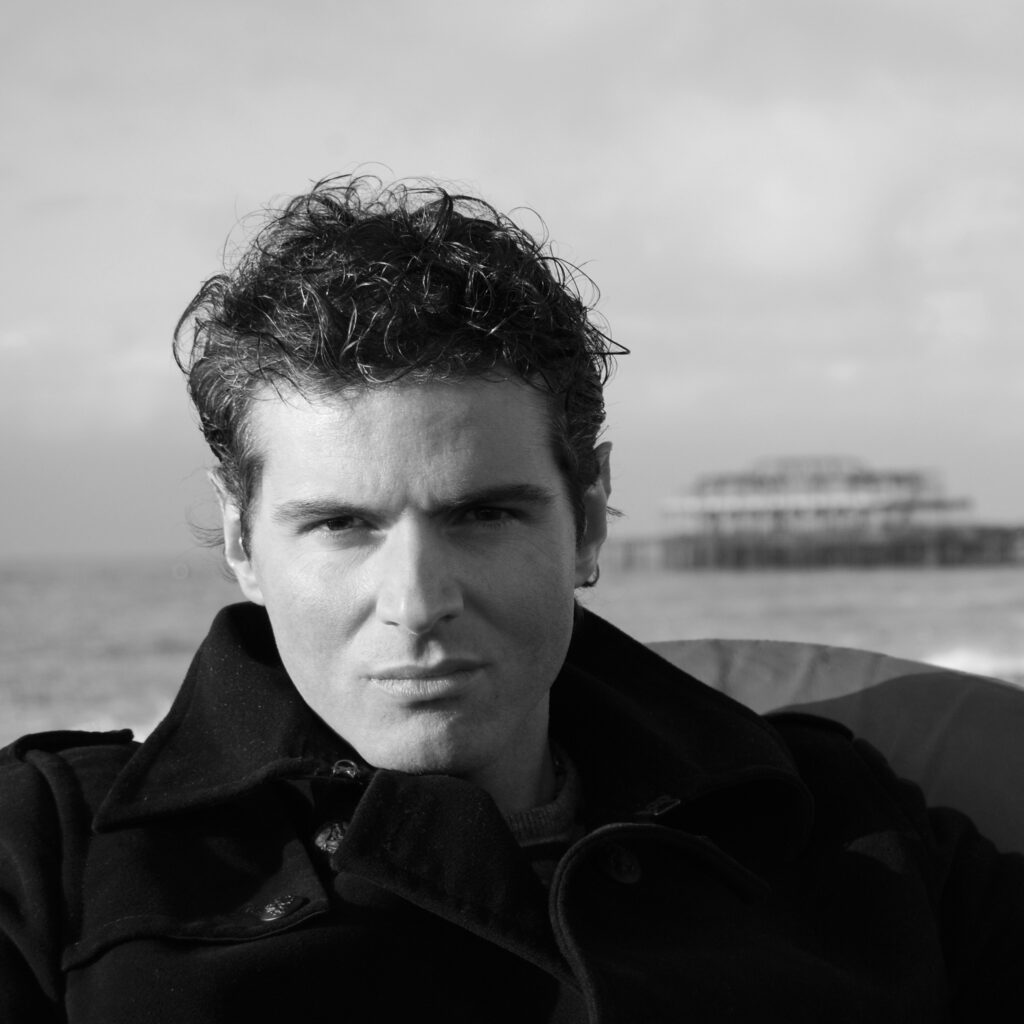
To get a more in-depth idea you can only start from the name: Formafantasma. How was the idea conceived? “The name was decided when we were still students in the Netherlands, and it clearly has a strong programmatic value” explains Simone Farresin. We have always considered form as a consequence of a process, emphasizing that design is not just about the aesthetics or formal elements of a product, but also relates to highly impactful aspects such as the health of people and the planet. ” we deliberately avoided any playful or fantastical connotations; it was not created for attractive purposes…
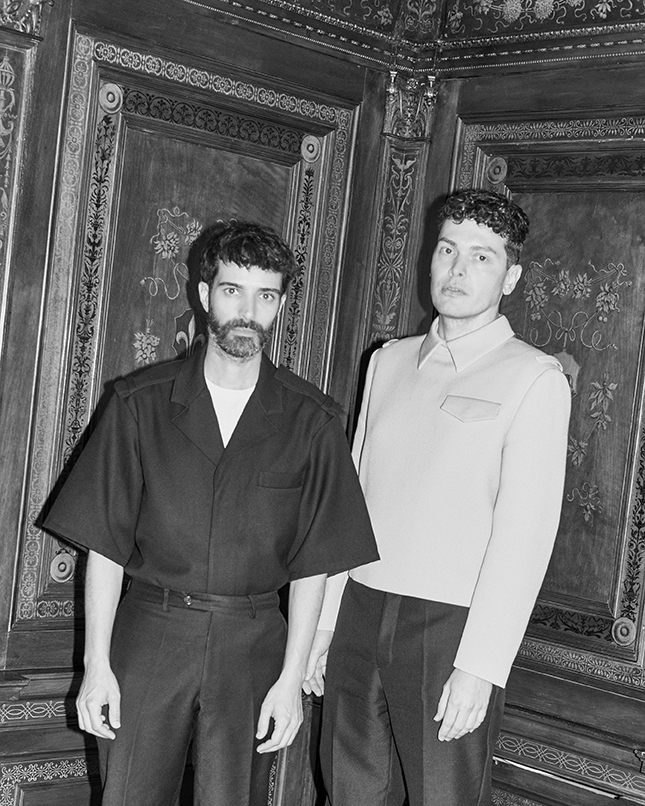
There is a marked perspective of sustainability in your approach. Is it also part of your way of being? “Our interest in ecology has always existed. But we want to highlight the critical perspective of design as a discipline that involves a much more complex development than formal output. Beyond our studies, it’s a way of thinking that belongs to us: if you question the why of design, you inevitably question the why of things.” explains Simone Farresin.
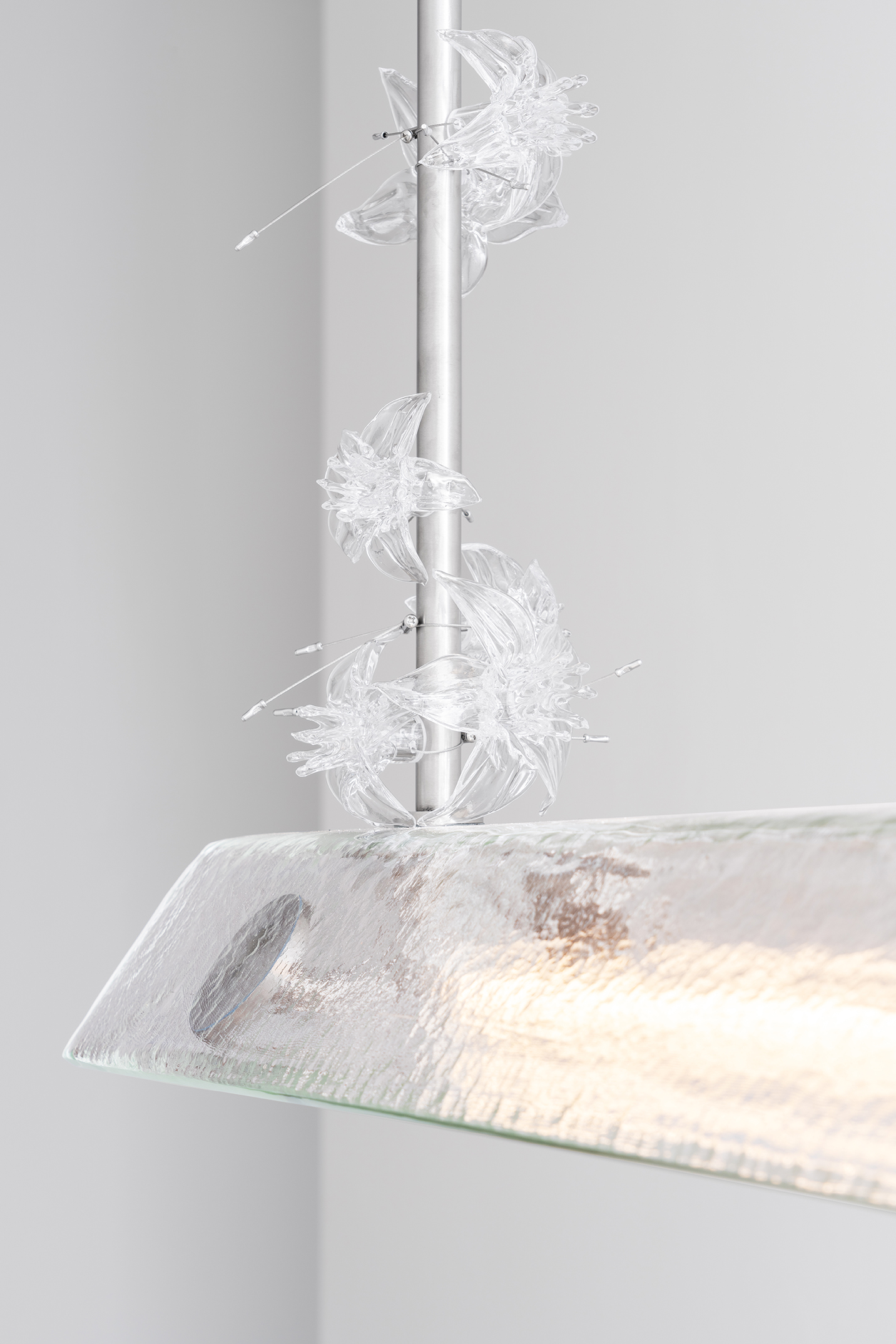
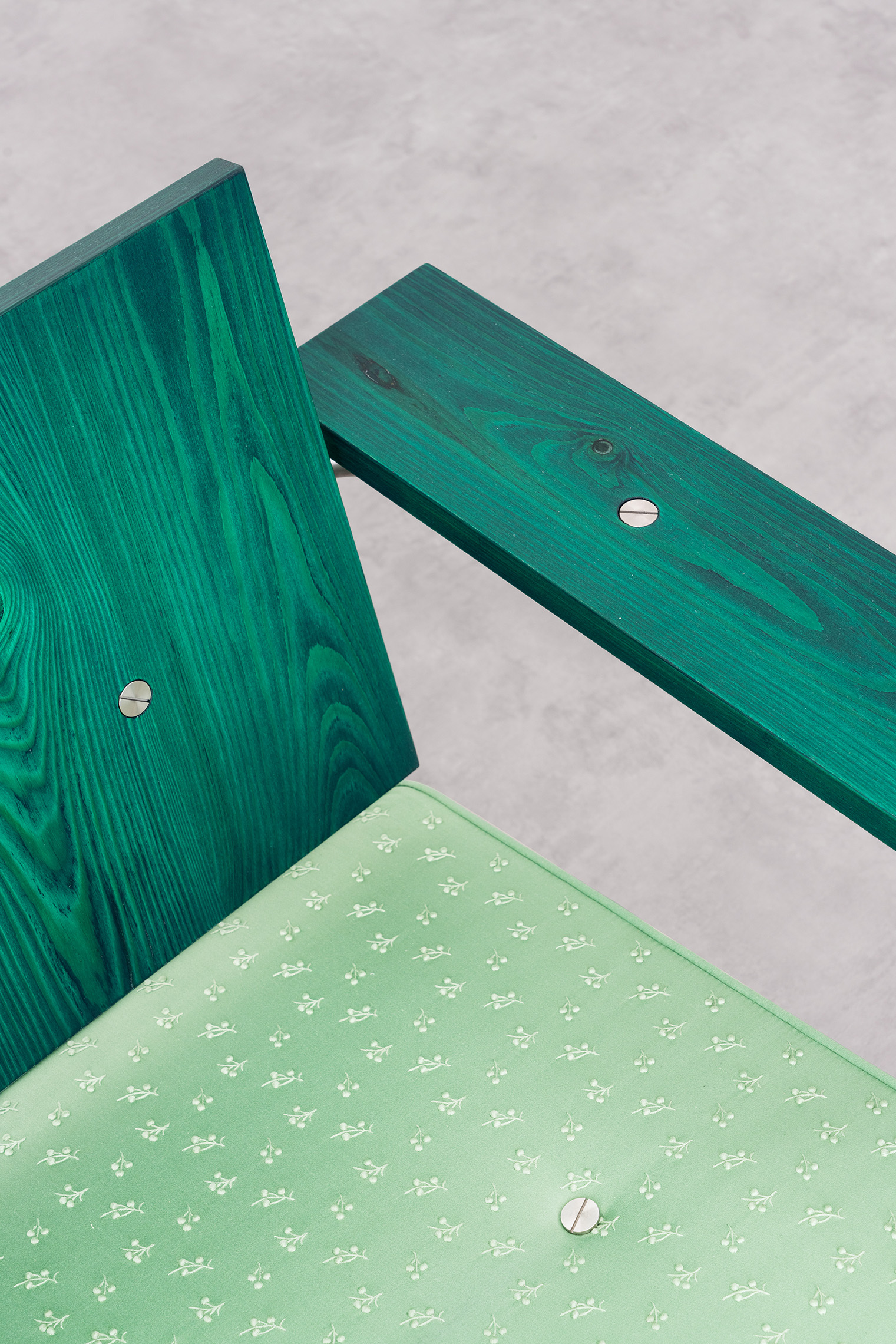

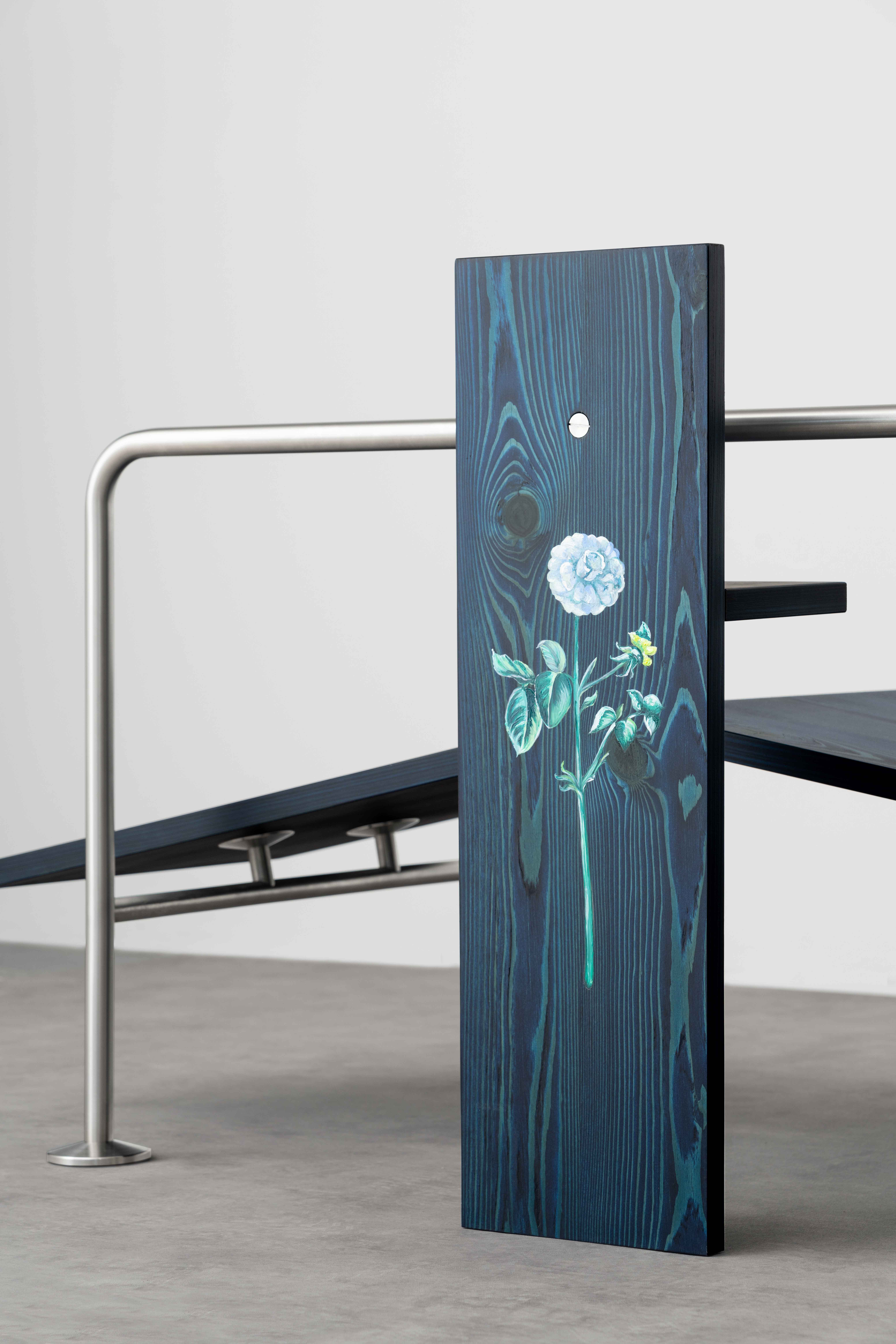
How did your relationship with matter evolve? “Matter has always been at the heart of our research, initially in a more intuitive way, but today with a much deeper reflective component. We are trying to find meaningful relationships between the ecology of the project and that of the planet. We believe this is the best approach to sustainability, which should also be implemented with individual customers. Sustainability is now an issue of infrastructures; we also need to consider supply chains or distribution systems.”
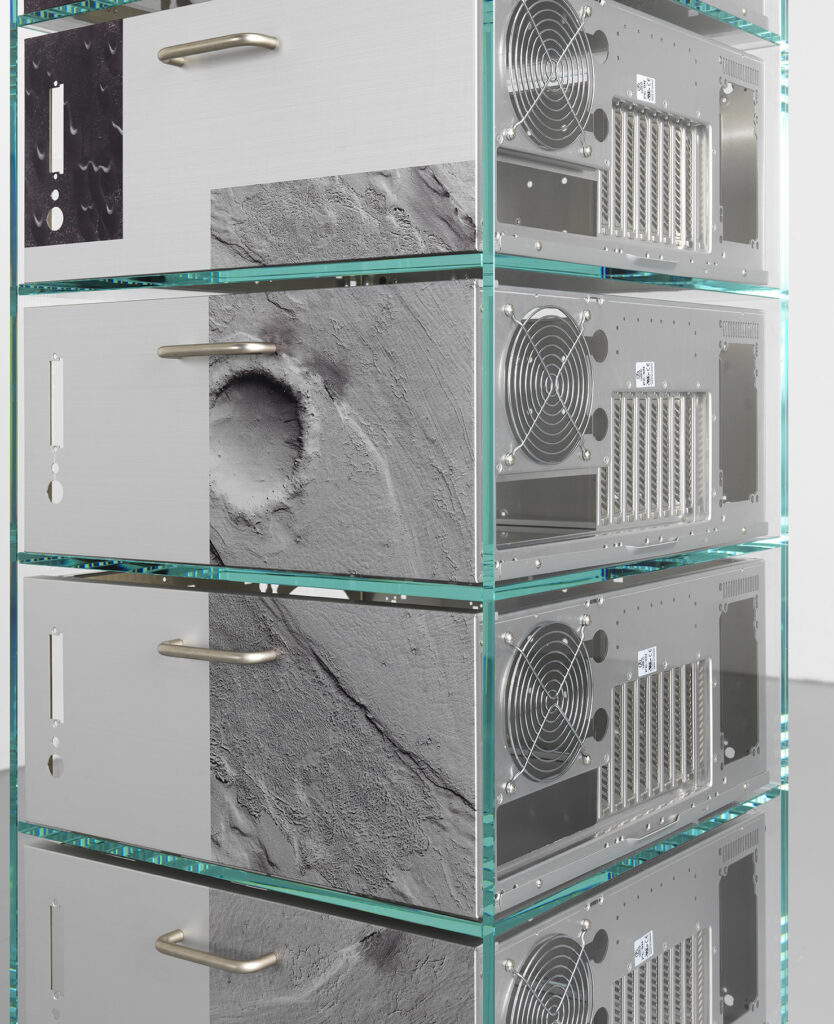
Is this a recurring theme in every project? “Over time, general interest is growing, and obviously there are customers who are more receptive than others. For Artek, for example, we have not created anything new, but by looking at their classics we have offered a reinterpretation, proposing a more ecological way for the company to select wood. For Tacchini, we revisited some of its pieces by incorporating upholstery containing wool from Italian sheep. With Flos, we worked on a project where the LED light source can be easily replaced by the end user.”
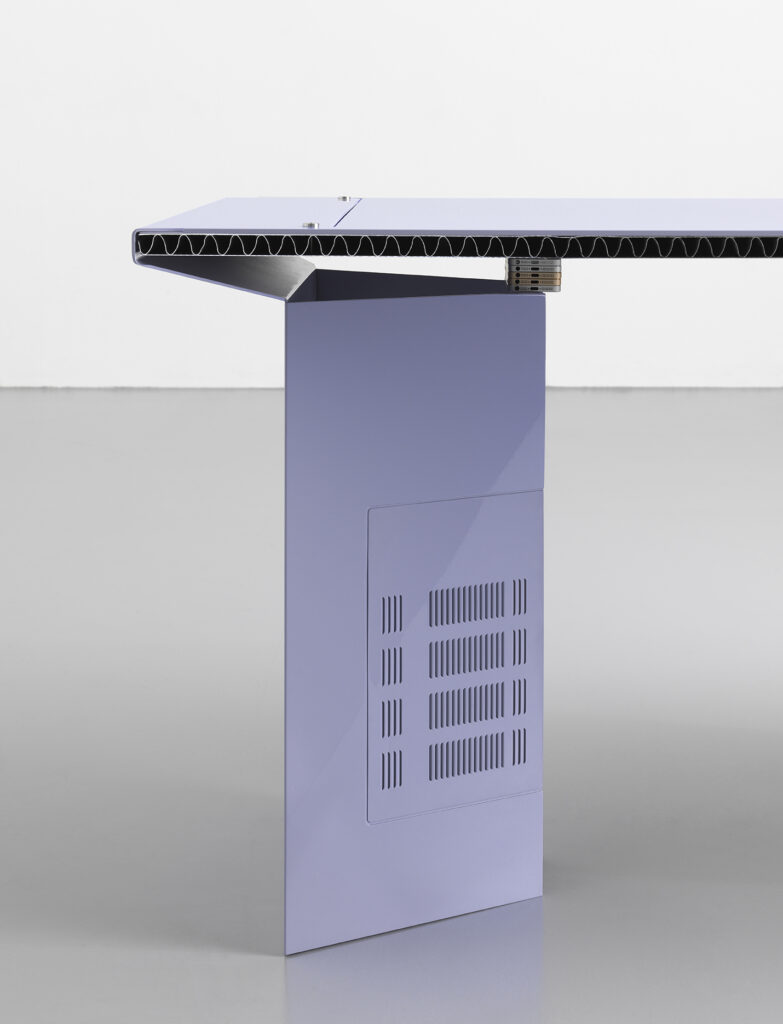
In this sense, are we also aiming for greater accessibility of the final product? “It’s definitely part of our research ”.
And the search continues…
The interview continues on DENTROCASA on newsstands and online.
Ig: formafantasma
formafantasma.com
Project Director Rita Baiguera
Graphic Designer Cristina Zanacchi

Stefania Vitale
Caporedattrice


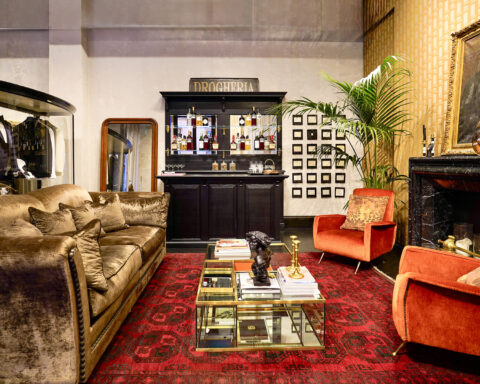
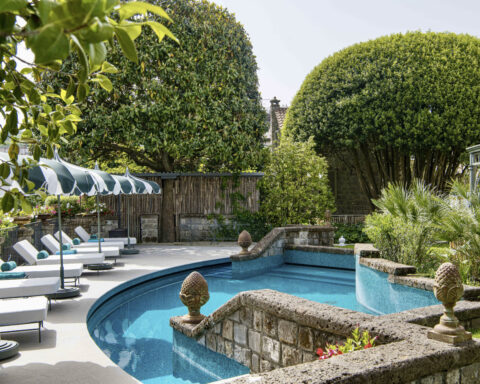
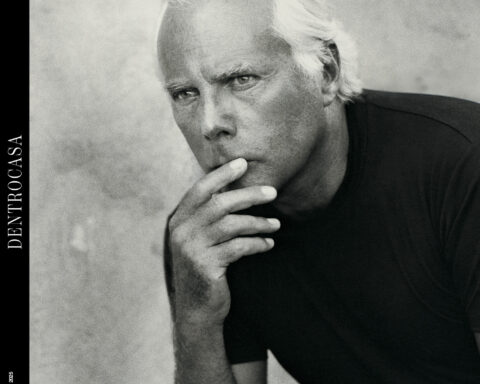

.png)


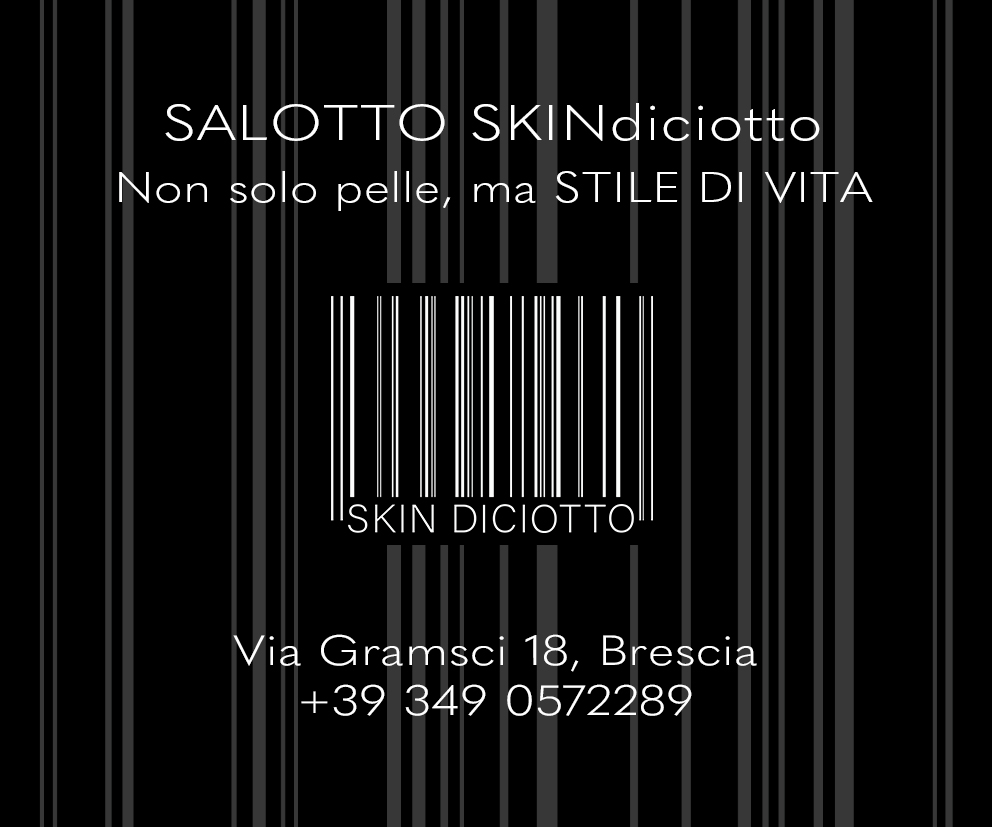

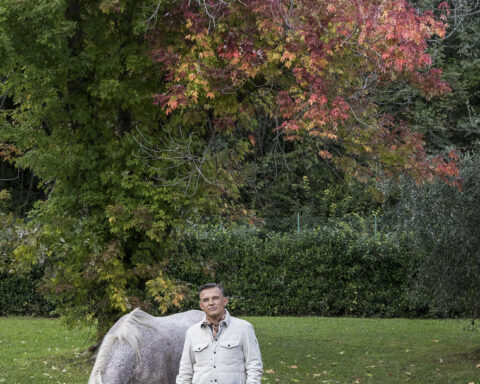
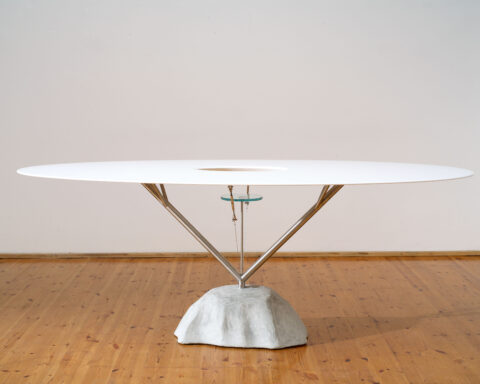
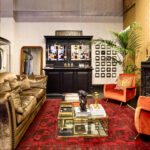

Seguici su